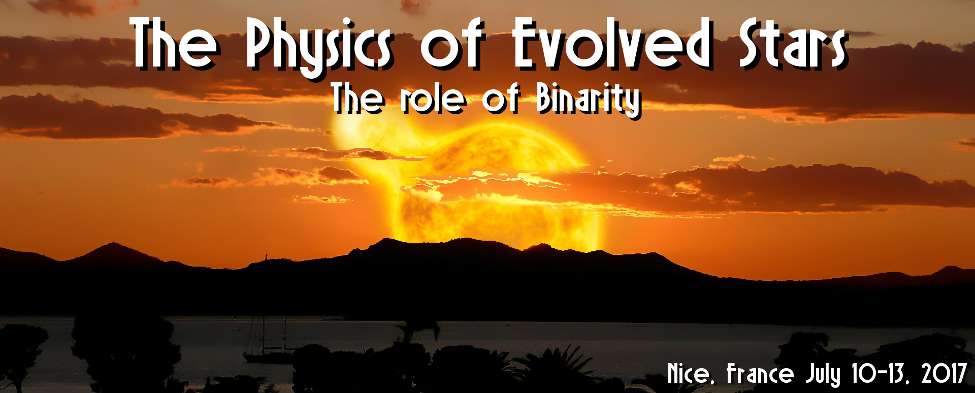The nearby AGB red giant L2 Puppis is surrounded by an almost edge-on circumstellar dust and gas disk. We observed this star with ALMA as well as with SPHERE/ZIMPOL at identical, very high angular resolution (< 20 mas). The ALMA spectro-imaging data cuves allowed us to resolve the radial velocity profile of the molecular disk, from which we derived the mass of the central star from its Keplerian rotation velocity (mA = 0.66 Msun). Evolutionary models indicate that L2 Pup A had a near-solar main sequence mass, and is therefore a close analog of the Sun in 5 to 6 Ga. The ALMA continuum map and SPHERE images also reveal the presence of a faint secondary source (B) at a radius of 2 au. From the coincidence of the center of rotation of the gaseous disk with the position of the AGB star, we constrain the mass of the companion to be in the planetary or low mass brown dwarf regime. L2 Pup therefore emerges as a promising vantage point on the interactions between the mass-loss of an AGB star and its surrounding planetary system. This is a precious test case to study the (probable) first phases of the formation of a bipolar planetary nebula as well as the distant future of our Solar System.

|
|
|
|
The mass and candidate planet of the AGB star L2 Puppis from ALMA and SPHERE observations
1 : Universidad de Chile [Santiago]
-
Website
v. Libertador Bernardo O'Higgins 1058, Santiago -
Chile
2 : Laboratoire d'études spatiales et d'instrumentation en astrophysique
(LESIA)
-
Website
Observatoire de Paris, CNRS : UMI3386
5, place Jules Janssen 92190 MEUDON -
France
3 : Instituut voor Sterrenkunde, KU Leuven
4 : University of Manchester
5 : Institut de RadioAstronomie Millimétrique
(IRAM)
-
Website
CNRS : UPS2074
300 rue de la Piscine, Domaine Universitaire 38406 Saint Martin d'Hères -
France
6 : Lagrange Laboratory
Observatoire de la Cote d'Azur
|
| Online user: 1 | RSS Feed |

|
 PDF version
PDF version